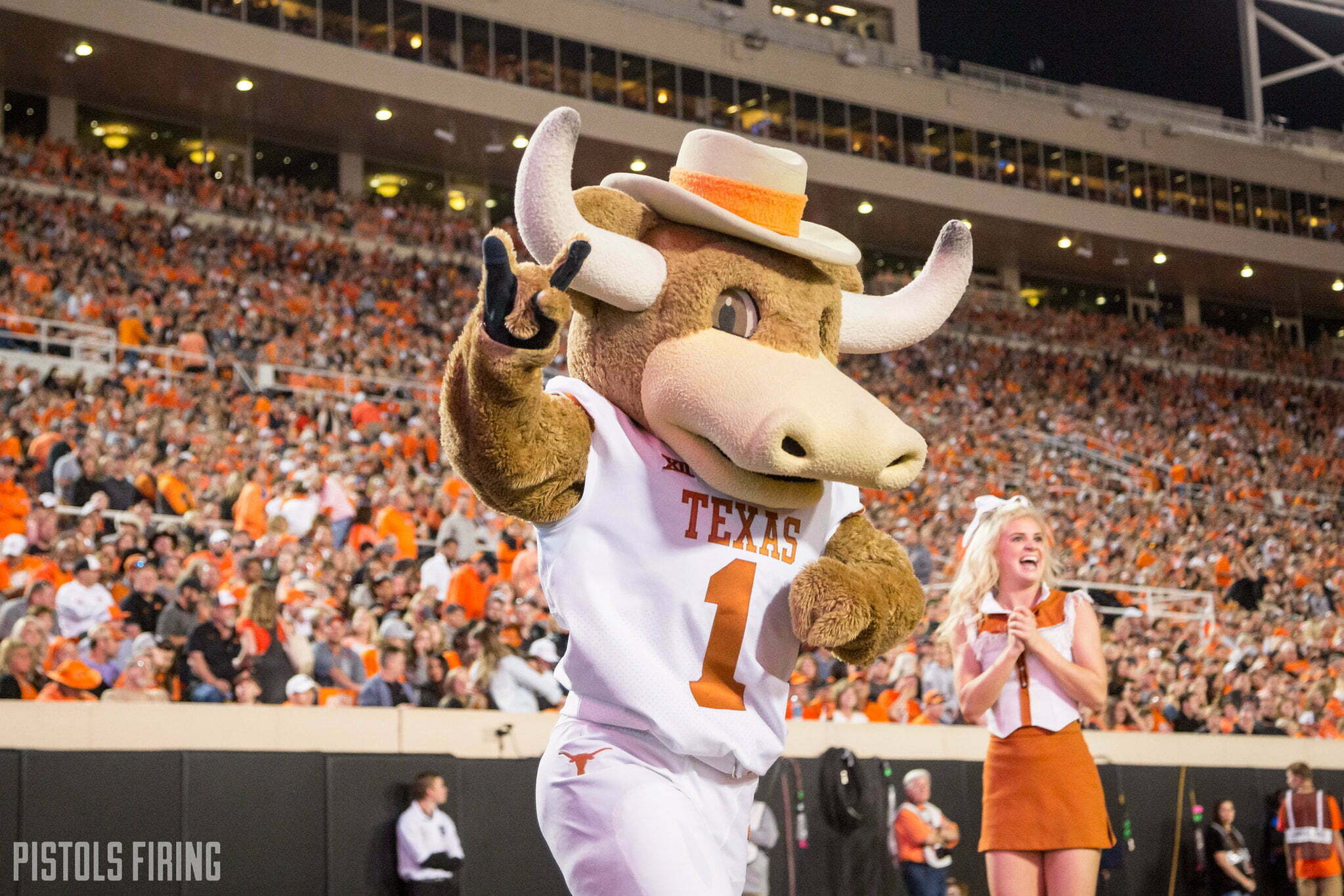Football
What Would a College Football Super League Look Like?
Texas’ shot at relevancy.

European soccer was shaken to its core this weekend with the announcement of a new European Super League.
For those unfamiliar with how European soccer works, every country has its domestic league, and UEFA (the Union of European Football Associations) has what is called the Champions League (and Europa League), where the top-finishing teams from domestic leagues compete in the following season.
This new European Super League looks to take an American-styled franchise approach with 12 (soon to be 15) founding members playing in the league every year, not needing to finish well domestically.
In American football terms, it’s Texas and Michigan buying spots into the College Football Playoff without having to play well to get there.
The European Super League has caused an uproar across the pond, and there are still a ton of proverbial hoops to jump through. But, I want to take the comparison of what a college football super league would look like further.
It’s a league for the rich, regardless of how consistent a football team would be in it.
The ACC had 15 teams in it this past season with Notre Dame joining its ranks, so I think that’s where we cap the team list. I’ll break teams into a few categories:
No Brainers: The elite of the elite in college football both monetarily and in on-field success.
Money Talks: Teams that have underachieved in recent years, but teams that would get in because it’s best for business.
On the fringe: A list of teams that could fill out the remaining ranks.
1. No Brainers: Alabama, Clemson, Ohio State, Oklahoma, Notre Dame, Georgia, LSU
I struggled as to which category to place Georgia and LSU, but they would be getting in one way or the other. No big surprises here. These teams make up 24 of the 28 College Football Playoff participants and all seven of the CFP Champs.
2. Money Talks: Texas, Michigan, USC, Florida, Florida State, Texas A&M
And just like that, 14 of the 15 available spots are filled.
Does much of this need explaining? It seems harsh to put the likes of Florida and Texas A&M in the same category of Texas and Michigan. The Gators and Aggies have played decently lately. The Wolverines and Longhorns have underachieved for a long while. Regardless, the result is the same, and I’m not sure there is any argument that any of these schools wouldn’t make it.
3. On the Fringe: Oregon, Auburn, UCLA, Oklahoma State, Tennessee, Penn State, Miami, Arizona, Arizona State, Ole Miss, Nebraska, Wisconsin, Michigan State
That’s a lot of teams for one hypothetical spot.
Oregon has that Nike money and has had some semi-recent on-field success.
Auburn has that SEC money and would’ve for sure been included five years ago, but recent struggles have knocked the Tigers back down.
UCLA has the market and a solid history, but Pac-12 football has been irrelevant for much of the CFP era.
Penn State is a historically good program that has struggled to recapture its former glory.
Miami is historically great but has been just good lately in a bad ACC (outside of Clemson).
Oklahoma State is the model of consistency, but has been consistently good, not great. The same could be said for a Wisconsin.
Nebraska almost made the “Money Talks” category, but the Cornhuskers have just stunk so bad since switching conferences.
I’ll leave the final spot up for interpretation, but you get the point.
Conclusion
I think that long list of fringe participants shows why leagues like this are a bad idea.
It might not seem like it at times, but programs fluctuate over the years. Clemson has spent much of its existence in mediocrity, but now it is a face of college football. Nebraska went five seasons in a row without losing a game, and now the Huskers are 18-26 in the past five years.
In soccer and in college football, a league like this would be a short-term cash grab that would diminish what makes both sports great.

-

 Hoops4 days ago
Hoops4 days agoTwo Transfer Portal Prospects Put Oklahoma State in Top Group
-

 Wrestling4 days ago
Wrestling4 days agoOSU Wrestling: John Smith Announces Retirement
-

 Hoops4 days ago
Hoops4 days agoFormer Western Kentucky Assistant Robert Guster Follows Lutz to Stillwater
-

 Daily Bullets5 days ago
Daily Bullets5 days agoDaily Bullets (Apr. 11): Pokes Land a Couple of Commits, Add Another Coach (Sort Of)






